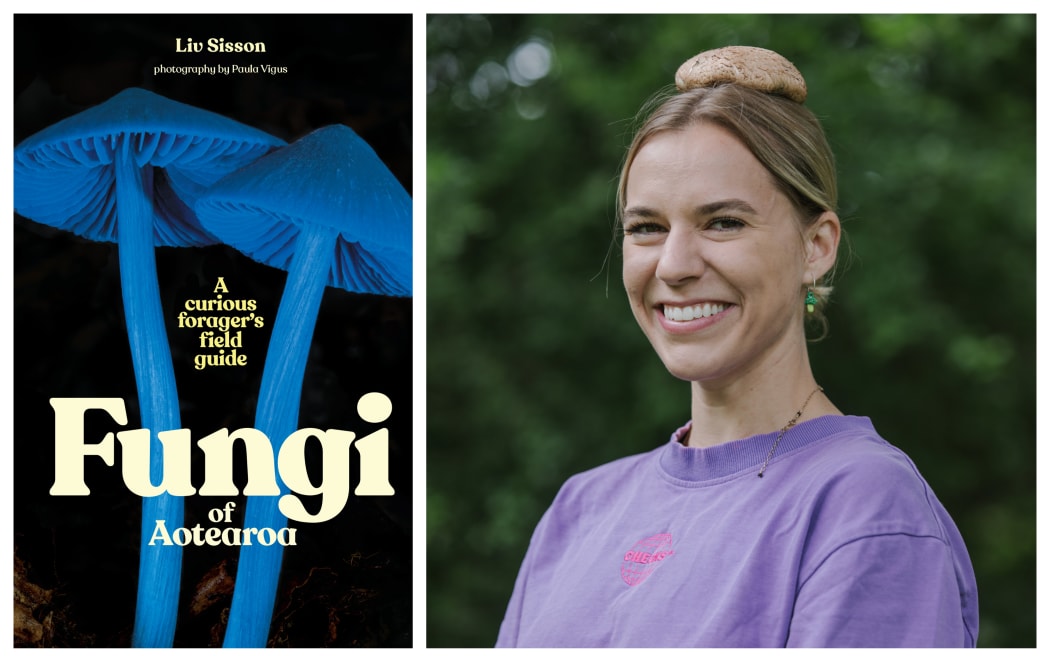Autumn weather is the perfect growing conditions for mushrooms, and New Zealand is home to tens of thousands of varieties - some edible, most not.
Liv Sisson is the Ockham book award shortlisted author of Fungi of Aotearoa: A Curious Forager's Field Guide and joined Emile Donovan to share the top tips and spots for the keen mushroom hunter.

Photo: Nancy Zhou
Mushroom are a unique and resilient species, Sisson told Nights.
“They have an underground portion called mycelium that's either underground or growing through dead wood other organic detritus, and that's the vegetative part of the fungi.
“So that's how it spreads. And it's also how it eats so the mycelium secretes enzymes, which break down organic matter in the soil.
“And that's how it accesses nutrients. And when the conditions are right, the mycelium knits together, and produces a mushroom on the surface. So that is essentially the fruiting body of the organism.”
There are 15 to 20 widely recognised edible species in Aotearoa, she says. And when it comes to foraging, the only rule of thumb is there are no rules of thumb.
‘If you think you might have an edible fungi, you need to identify each and every one that you've found individually.
“And there's no kind of blanket rules like any mushroom that smells a certain way is poisonous, it'd be much easier if there were. But the truth is, there aren't any rules of thumb.
“You just need to work through each of your finds and look at everything from the colour of its cap, to where it's growing, to what its gills look like, to what colour it changes when you bruise it.”
Sisson recommends taking a field guide with you. There are great free resource available online too.
“Mushroom Hunting New Zealand on Facebook is absolutely incredible.
“It's run by some of our most expert mycologists here in New Zealand, and I think there must be probably 20 entries a day of people uploading photos of their finds and getting help from some of these people - very knowledgeable folks on identification.”
So where might these mushrooms be popping up?
“There's three environments here that I usually think of when I'm thinking about edible mushrooms. The first is urban and urban-adjacent environments. So, places that have homes and they've been developed and they might have lots of introduced trees.”
Christchurch has many introduced oak trees, she says, favourite haunt of the delicious porcini.
Further afield, paddocks can host a variety of edibles, she says.
“You'll often find puffballs, you'll find shaggy ink caps, you'll find champignons, which are very delicious.
“Open grassy areas also present unique opportunities for edible mushrooms to grow because the soil is largely undisturbed by tree roots and rocks.”
One of her favourite natives is the tawaka, which can be found growing on the tawa and introduced poplar trees.
“They can be as big as a dinner plate. And they're actually 20 percent protein by volume. So, they're quite nutritious, and they have this really delicious, deep, nutty umami flavour.”

